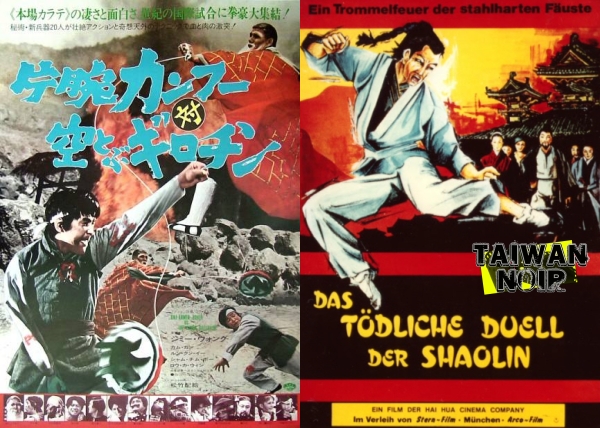Now inhabiting the role of Gulliver, Petya awakes to find himself prisoner of the tiny Liliputians—or, more specifically, of the Liliputian royals. In depicting Liliput’s ruling class, Ptushko draws heavily upon the court of Louis XIV. There is no mistaking this rogue’s gallery for what they are: a collection of spoiled libertines who are living lives of idle extravagance at the expense of the common folk. The king is clearly a simpering idiot, and can only address his public by lip synching to pre-recorded speeches. The real power in the kingdom is held by the King’s chief of police, who uses the military to keep the laborers and general populace in line.

The Chief’s leadership style is, of course, a paranoid one, and so his greatest concern, upon the arrival of Gulliver, is that Gulliver will side with the workers. His answer to this is to recruit Gulliver, whom he refers to as a “human mountain”, to the capitalist cause. This works only until Gulliver sees the chief whipping one of the laborers, at which point he rises to his full, enormous height and regales the crowd with a booming version of the happy working song from the beginning of the film. It is at this point that the Chief determines that this meddling Socialist giant must be killed, but his initial attempts are foiled by the wily Gulliver.
It could be said that
Novyy Gulliver‘s combination of live action and animation is more sequential than it is simultaneous. After a live action prologue, it is with the introduction of the Liliputians that the film’s employment of stop motion animation begins, and that it indeed starts to consist of almost nothing but. Ptushko and his crew take a lot of editorial license with the puppet sculpts, making the royals a grotesque lot with bulbous eyes and tremulous, gaping mouths. On the other hand, the workers are portrayed as colorless and almost identical in appearance, like a bunch of green plastic army men given life.
The craft evident in
Novyy Gulliver’s execution may be its best argument for the virtues of collective labor. Employing many hundreds of puppets--some with as many as a hundred or more different heads to portray different expressions--it was clearly a massive undertaking. Even more so given that few of these puppets were allowed to remain idle, as Ptushko and his crew took pains to create movement in every corner of the frame. As many of the scenes in the film are crowd scenes, that amounts to hundreds of tiny manipulations per frame. It is perhaps for this reason that, when Vladimir Konstantinon is required to act in close proximity to one of the Liliputians, the filmmakers give themselves a break and use an actual doll or hand operated puppet.

The gears of the royal’s downfall are set in motion when the Chief puts the laborers to the task of building a weapon that will kill Gulliver. Unknown to him, the workers have decided to throw their lot in with Gulliver and stage a revolt in the weapons factory, killing the foreman in the process. This scene, which owes a heavy debt to Fritz Lang’s
Metropolis, is aided immeasurably by a nightmarishly phantasmagorical miniature set in which the bizarre looking factory machinery looms over the workers like malevolent giant insects. More clever staging is employed by the climax that follows, a spectacular puppet battle royal that sees more toy tanks blowing up than a Showa era Godzilla movie.
One of the most fascinating things about
Novyy Gulliver is how it employs a medium so often used toward more whimsical ends to depict the grim, life-and-death stakes of class war. In other words,
Baby New Year this is not: if all the caricatured puppets and cartoon sound effects lull you into thinking that the end that awaits the King and his chief of police will be in any way pretty, you have another think coming.
Then again, at the end, all of
Novyy Gulliver's events turns out to have been a dream—and we are returned to a world where militarized children sing about how awesome it is to work in a factory.
































































